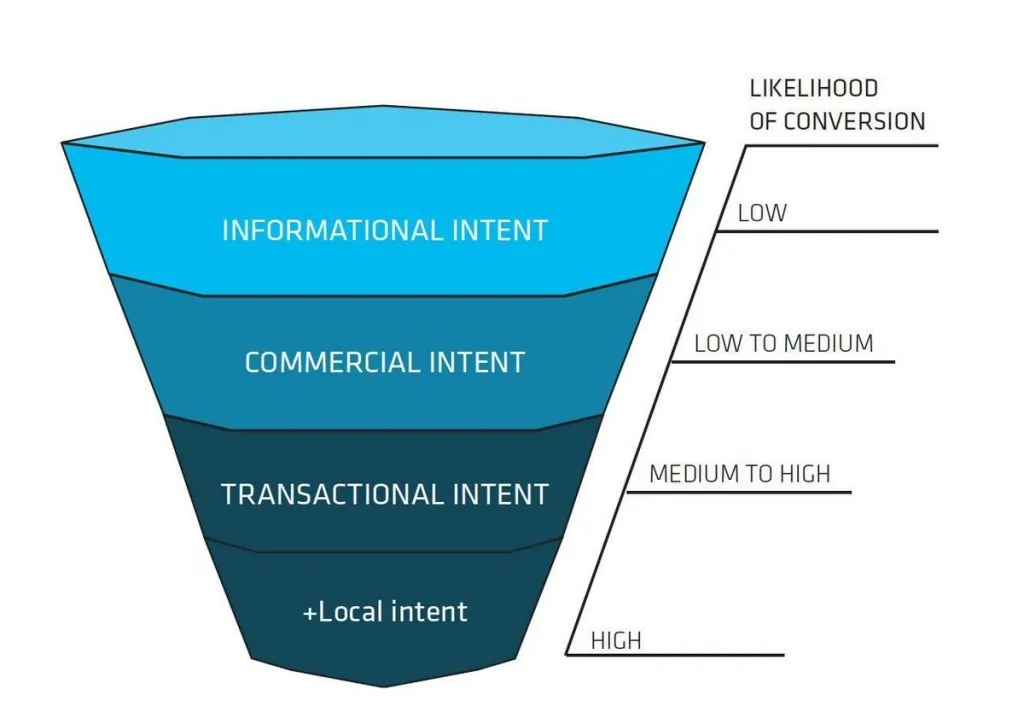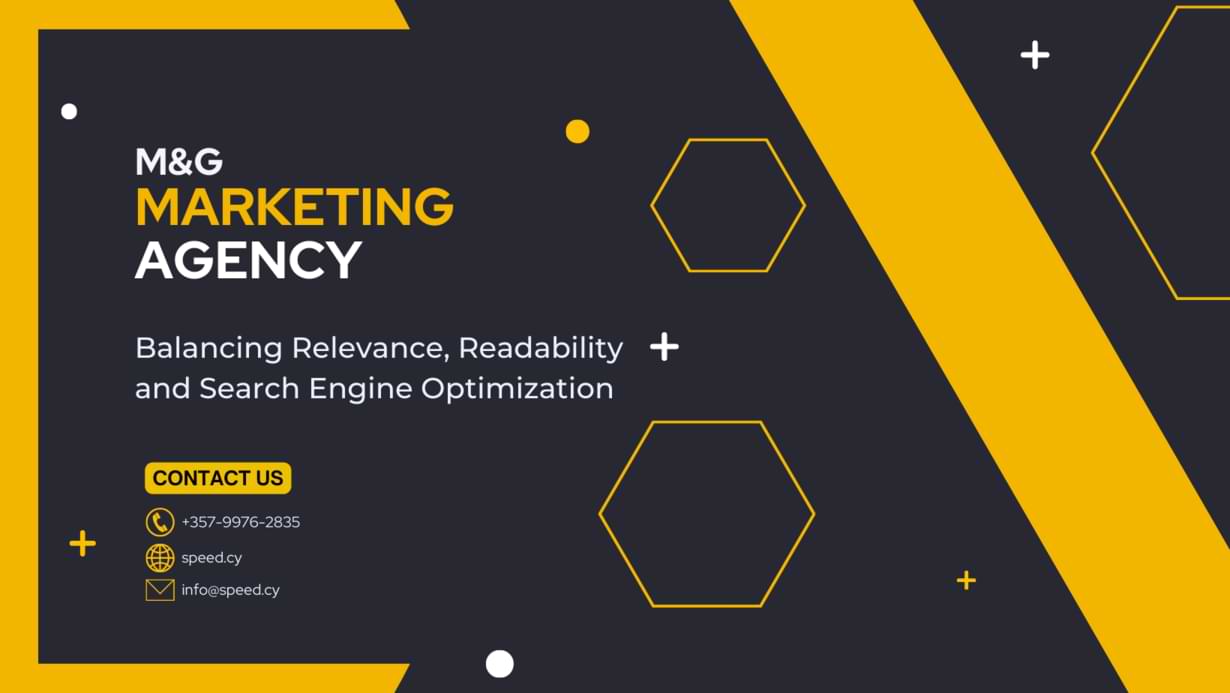Crafting website content that effectively balances relevance for users, readability for the audience, and optimization for search engines is a tricky content optimization balancing act.
It’s easy to over-optimize content for keywords in ways that make it robotic to read. But it’s also easy to get caught up in creativity and stray away from core user intent.
That’s why a disciplined editorial process is crucial. You need consistency across writers to keep content on track.
In this comprehensive guide, we’ll walk through an actionable content optimization checklist covering all phases of content creation, from planning to execution and measurement.
Follow this checklist to ensure every piece of content you produce:
- Answers user questions and provides value
- Maintains a human, engaging voice
- Incorporates keywords naturally to attract search traffic
Let’s dive into tactical tips and examples for nailing each step of effective content optimization.
Content Optimization Checklist

Follow this 12-step checklist from start to finish when creating any new piece of content:
1. Identify Target Keywords and Questions
- Conduct keyword research to identify high-priority terms and topic clusters.
- Ask: What questions are users searching to find this information?
- Focus on sufficient search volume and traffic potential from each keyword.
2. Outline Detailed Content Optimization Strategy
- Map out sections of content that help answer target user questions.
- Determine tone, types of information, research sources needed.
- Set approximate word count and output format based on depth needed.
3. Conduct Background Research
- Search engines to collect the most relevant data around topic.
- Leverage surveys, expert interviews, studies, etc as needed.
- Immerse yourself to become an expert on the subject.
4. Craft Keyword-Focused Outline
- Structure outline around answering primary keyword and related questions.
- Include relevant secondary keywords in each supporting section naturally.
- Check overall structure flows logically.
5. Draft Compelling Headings
- Create interesting H1 and H2 headings using target keywords where possible.
- Use conversational language – avoid sounding overly salesy or technical.
- Include numbers, action words, benefits, and curiosity triggers.
6. Write Killer Intro
- Start with a hook capturing reader attention on why this topic matters.
- Describe what questions will be answered in the piece.
- Include primary keyword naturally in the first ~100 words.
7. Fill in Content
- Expand outline into paragraphs, adding supporting details, examples, stats, quotes etc.
- Maintain friendly, human tone – avoid excessive formality or keyword stuffing.
- Include related keywords 2-3 times where it fits without disrupting readability.
8. Insert Images, Media
- Find engaging, relevant stock or original images, graphics and videos to augment text.
- Use images and media that reinforce keywords/topics visually.
- Vary image placement – avoid all images stacked at top.
9. Apply Advanced Content Optimization
- Include linked internal references to related content where relevant.
- Insert structured data for rich search snippets where applicable.
- Add anchor text links to external research sources.
10. Wrap Up and Promote
- End with summary restating key questions answered in piece.
- Insert clear call-to-action to visit relevant on-site content or convert.
- Share content across owned marketing channels – email, social, etc.
11. Track Content Optimization Performance
- Monitor pageviews, visitors, links, search clicks and other key metrics.
- Review user engagement through scroll depth, time on page, CTR.
- Assess against benchmarks from high-performing articles.
12. Continuously Optimize
- Update content periodically with new facts, trends and insights.
- Refreshing evergreen content helps maintain relevance and traffic.
- Repurpose content into new formats (infographics, videos, audio) as needed.
Executing a Keyword-Focused Structure

Now that we’ve covered the full checklist, let’s look at some examples and tactics for key stages like structuring Content Optimization around keywords.
When outlining content, you want to focus first on satisfying user intent through questions:
GOAL: What questions are users searching “[keyword]” to find answers to?
For example, for the keyword “content marketing”:
- How do I get started with content marketing?
- What types of content work best?
- How do I create a content strategy?
- How do I measure content marketing success?
Your outline then becomes:
INTRO
- Discuss growing importance of content optimization marketing
- Recap questions piece will answer (with keyword)
SECTION 1 – Getting Started with Content Marketing
- Overview of what content marketing entails
- Key steps for those starting from scratch
SECTION 2 – Most Effective Types of Content
- Breakdown of different content formats
- When to use each type of content
SECTION 3 – Creating a Content Marketing Strategy
- Steps for developing a documented strategy
- Components like personas, content map, KPIs
SECTION 4 – Measuring Content Marketing Success
- List of key metrics to track
- Setting benchmarks and goals
- Tools for reporting and analytics
CONCLUSION
- Summary of questions answered
- CTA to learn more or contact you
This helps search engines quickly recognize the relevance between keyword searches and your content while creating useful, in-depth content.
Avoiding SEO Pitfalls
Certain parts of the content creation process often trip folks up when it comes to balancing optimization with readability. Here are some common SEO missteps to avoid:
Over-Keyword Stuffing
Don’t force primary or secondary keywords where they don’t fit naturally just for density goals. This often ruins readability through disjointed verbiage.
🏆 GET IT RIGHT:
- Mention keywords 2-4 times in the first 100 words where possible.
- Aim for 1-2% target keyword density overall.
- Include related keywords more liberally (5-8 times).
Thin Content
Don’t create posts around keywords without sufficient depth. Sparse content lacks substance and looks like filler.
🏆 GET IT RIGHT:
- Target at least 700 words for short articles, 2000+ words for pillars.
- Include multiple sections, supporting facts/data, tips, examples etc.
- Expand content whenever possible – don’t downsize just to publish more quickly.
Overly Technical Copy
Don’t let copy sound formal, dry, or robotic. Maintain an engaging, conversational style.
🏆 GET IT RIGHT:
- Always write for humans first – imagine explaining to a friend.
- Break up long paragraphs. Use active voice and simple language.
- Use contractions, humor, pop culture references, and colloquialisms in moderation.
Generic, Bloated Intros
Don’t open each piece with the same hollow intro or over-the-top claims. Hook readers with specifics.
🏆 GET IT RIGHT:
- Open with a surprising stat or question related to topic.
- Share a specific story/use case demonstrating topic value.
- Keep it concise – don’t spend half the post on a generic preamble.
Continuous Content Optimization
👉 Don’t treat pieces as “one and done”. Revisit and improve published content over time as new trends and info emerges. A few easy ways:
- Add fresh data points, new expert perspectives, additional current examples etc.
- Update outdated sections that have evolved. Retire antiquated content.
- Produce companion content expanding on niche angles and subtopics.
- Repurpose into new formats like videos, podcasts, and visuals.
Regularly optimizing evergreen content keeps it perpetually relevant for both users and search engines – fueling ongoing organic growth.
Key Takeaways for Skilled Content Optimization
Carefully balancing relevance, readability, and optimization when creating content is certainly an art AND a science. Here are some key tips to review:
- Start with keyword/topic research and craft content around searcher questions.
- Outline content addressing target topics in a logical flow first.
- Include keywords naturally in headings, intros, section copy, structured data etc.
- Maintain a conversational human voice – avoid awkward keyword stuffing.
- Expand shallow content with varied supporting elements like examples, stats, tips, and media.
- Continuously optimize evergreen content over time for perpetual relevance.
Mastering this checklist enables you to produce content that attracts search traffic AND satisfies users once they arrive.
Well executed Content Optimization makes content feel tailored specifically to answer each searcher’s intent. That earns trust, engagement, links, and conversions.
What other content optimization tips or examples would you add from your own experience? What stages of the process present the biggest challenges? I’d love to hear your thoughts!





